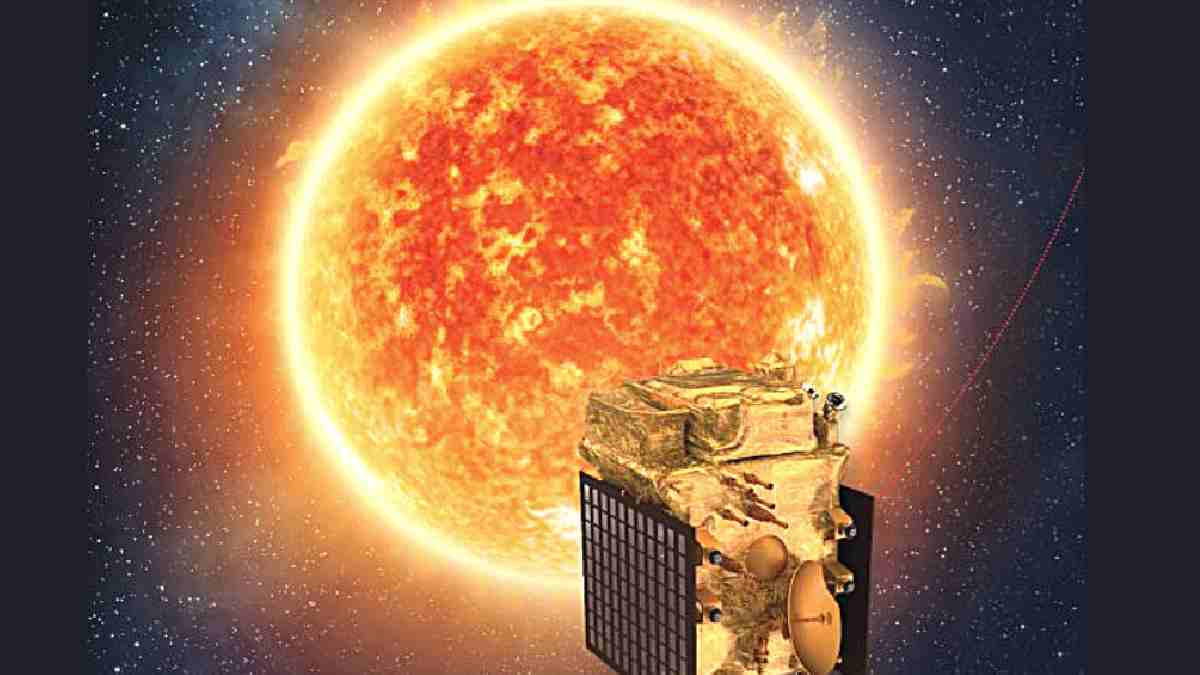India’s inaugural solar mission, Aditya-L1, achieved a major milestone for the Indian Space Research Organisation (ISRO) as it entered the halo orbit around Lagrange Point 1 (L1) on Saturday. The spacecraft is now positioned to initiate an in-depth examination of the Sun. However, crucial steps need to be undertaken before it can commence transmitting important solar observations.
Since its launch on September 2, 2023, from the Satish Dhawan Space Centre, Aditya-L1 has navigated a intricate journey, involving four Earth-bound maneuvers and a Trans-Lagrangian Point 1 Insertion maneuver. These precise operations played a pivotal role in guiding the spacecraft to its current position, situated approximately 1.5 million kilometers from Earth.
𝐈𝐧𝐝𝐢𝐚, 𝐈 𝐝𝐢𝐝 𝐢𝐭. 𝐈 𝐡𝐚𝐯𝐞 𝐫𝐞𝐚𝐜𝐡𝐞𝐝 𝐭𝐨 𝐦𝐲 𝐝𝐞𝐬𝐭𝐢𝐧𝐚𝐭𝐢𝐨𝐧!
Aditya-L1 has successfully entered the Halo orbit around the L1 point.#ISRO #AdityaL1Mission #AdityaL1 pic.twitter.com/6gwgz7XZQx
---Advertisement---— ISRO InSight (@ISROSight) January 6, 2024
The conclusive insertion into the halo orbit was accomplished through a firing maneuver utilizing the spacecraft’s 440N Liquid Apogee Motor (LAM), akin to the one employed in ISRO’s Mars Orbiter Mission. This motor, alongside eight 22N thrusters and four 10N thrusters, will persist in playing a crucial role in preserving the spacecraft’s orientation and orbit.
The Halo Orbit
The halo orbit encircling L1 forms a three-dimensional loop, enabling Aditya-L1 to have an uninterrupted view of the Sun, devoid of eclipses. This distinctive vantage point is also shared by other global missions like NASA’s WIND, ACE, DSCOVR, and the collaborative ESA/NASA mission SOHO. However, maintaining equilibrium at L1 is delicate, necessitating continuous monitoring to prevent collisions and ensure mission safety.
To uphold its precise position, ISRO will conduct regular Orbit Determination (OD) analyses, aided by NASA, to detect any deviations and adjust the spacecraft’s trajectory accordingly. The Attitude and Orbit Control System (AOCS), which includes sensors, control electronics, and actuators such as reaction wheels and thrusters, will work to keep the spacecraft stable against gravitational disturbances.
Aditya-L1 is equipped with seven scientific payloads, all developed domestically by ISRO and national research laboratories. It is designed to observe the photosphere, chromosphere, and the corona of the Sun. These instruments are poised to offer valuable insights into solar activities and their real-time impact on space weather.
As Aditya-L1 establishes itself in the halo orbit, the mission team will undertake the calibration of onboard instruments and conduct system tests to verify their full functionality. Following the completion of these preparatory measures, the observatory will initiate its primary mission, playing a significant role in advancing our understanding of solar dynamics and improving our capacity to forecast space weather phenomena.
Out of the seven payloads, four have been activated during the extensive journey covering over 1.5 million kilometers in space. The evaluation of the remaining three payloads will take place at the L1 position.
Upon confirmation by ISRO that all instruments are functioning according to plan, the spacecraft will be fully operational, capturing data from its vantage point near the Sun and transmitting valuable information back to India, uncovering the secrets of the star at the center of our Solar System.
Also Read: TRAGIC! 26 Girls Missing From Unlawfully Running Shelter Home In Bhopal













